
-
What Are They Doing To Our West Coast? Conservation Crew Capture Never-Before-Seen Destruction Of Nature From Mining Operations [Images]
01 Jul 2024 by Tayla in Conservation, Crime, Disaster, Environment, Nature, South Africa
[imagesource: Jacque Smit]
A media crew from Protect The West Coast recently teamed up with top marine conservation photographer and pilot Jean Tresfon to collect footage of the devastation to the West Coast caused by rampant mining operations.
They shot stills and video footage of the entire West Coast from the open cockpit of a gyrocopter, which is the first time such a project has ever been undertaken, revealing the true scale of the illegal mining industry and a criminal lack of rehabilitation in some of our supposed pristine coastal areas.
The special airborne operations team from Protect the West Coast (PTWC) included CEO Mike Schlebach, Cape Town gyrocopter legend Jean Tresfron from the environmental pilot volunteers at The Bateleurs along with the PTWC media guru Jacque Smit. They all managed to wrap up the important mission in five flights over two days, logging almost 1,500 kilometres.
What they found is truly gut-wrenching and blood-boiling.
“The idea behind the project was for PTWC to capture video footage and images of the West Coast from Lamberts Bay to Alexander Bay with a special focus on all mining operations in the area,” Schlebach said.
“The content will be stored as a resource that can assist mining oversight specialists and scientists, various activist organisations, the media and ourselves, which is key to our work in stopping illegal mining and preserving what is left of this amazing coast.”
Tresfon and Smith began the journey from Melkbosstrand before landing at an airfield in Lamberts Bay:
“The first leg took place in calm and blue skies, with not even a hint of fog,” said Tresfon. However, that soon changed just past Strandfontein, just as the mining areas from De Punt hove into view.
“We battled gamely along, alternating between areas of extreme natural wilderness and beauty, and areas of complete devastation, resembling a post-apocalyptic battlefield. Abandoned and rusting tractors, gravel sorters and other assorted mining gear littered the coast.
In the PTWC post titled ‘The Mines of Mordor: PTWC aerial photo team captures hidden destruction of West Coast’ Smit asks how one can even begin to rehabilitate the damage to the natural environment that they all witnessed.
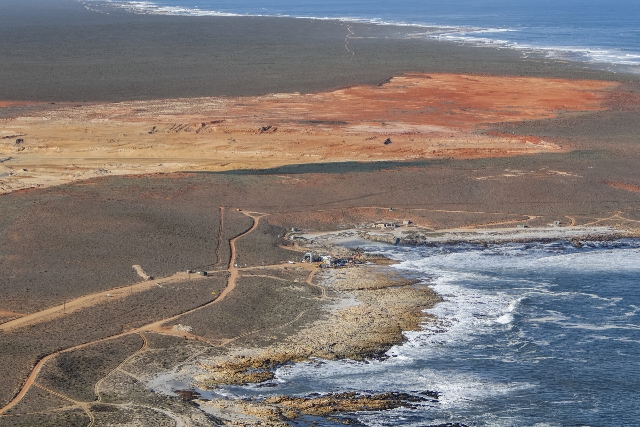
Image: Jacque Smit.
“Massive craters and cofferdams, some filled with bright orange water, dotted the coastline at old, abandoned mines. Clearly, very little attempt, if any at all, is made at post-mining rehabilitation. Eventually we arrived at Kleinzee Airfield, landing into a blustery northeaster.”
Apparently, we would be shocked at how many craters litter the coast.

Image: Jacque Smit.
Smit noted how difficult it was to absorb the sheer extent of the destruction, which was only made worse by seeing the stretches of pristine coastline interspersed with the torn land, making you realise exactly what is being lost:
“In some places, the cliffs are cut away and you’re faced with horrific scenes – a moonscape as far as the eye can see, like a bone-chilling scene at Mordor (the defiled, dead land JRR Tolkien describes in Lord of the Rings). The amount of destruction and lack of rehabilitation is heartbreaking.”
“It was tough to digest the constantly changing terrain below us. At one point, we’d fly over the gargantuan Tormin mine that looks like a set out of the movie Blood Diamond, with huge chunks of earth gouged out and gigantic trucks driving around. Then we’d be over maybe the longest stretch of unspoilt coast, 100 km of beautiful and pristine shoreline up to Hondeklipbaai.”
The Tormin mine, one of the most extensive mines along the coastline, is run by the Australian-owned mining company MSR (Mineral Sands Resources) and is just one of many that have concessions to plough through beaches to mine the resource-rich sands.
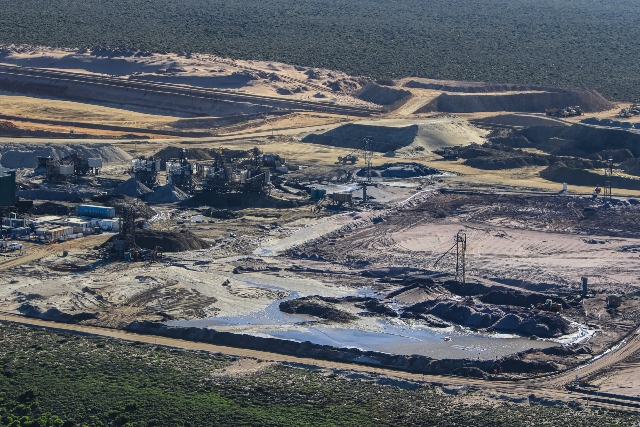
Image: Jacque Smit.
The mining company is mainly after the high-grade deposits of naturally occurring zircon, ilmenite, rutile, magnetite and garnet, which are minerals used in everyday products such as ceramics, digital printing, dentistry and electrical components.

Image: Jacque Smit.
On the last leg of Day 1 the team took off and headed north to Alexander Bay, the Orange River and the Namibian border, passing over scores of kilometres of land mined by companies such as De Beers, most of which lie fallow and completely unrehabilitated.
The team noticed coffer dams, which are a highly destructive way to mine for diamonds, litter the coastline between Hondeklip Bay and Alexander Bay.
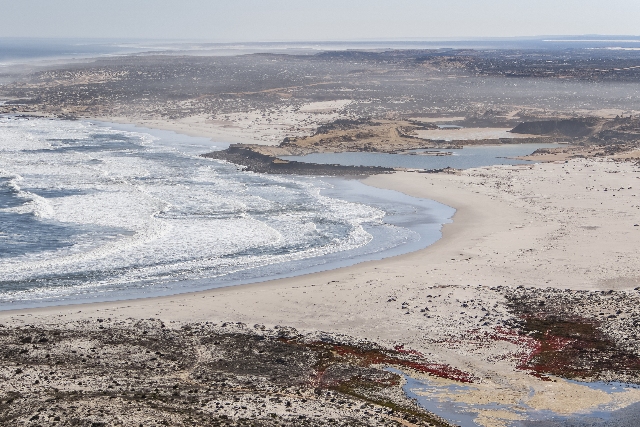
Image: Jacque Smit
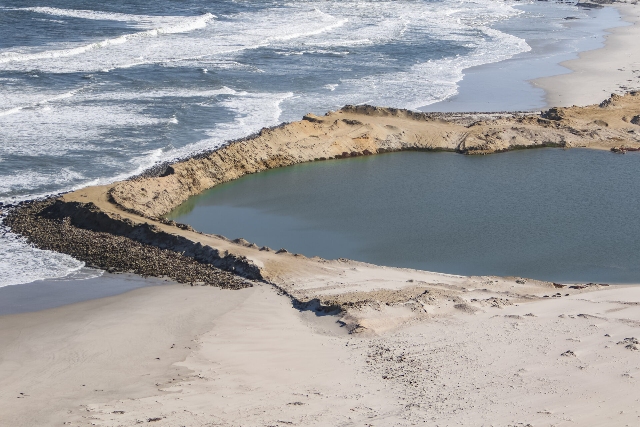
Image: Jacque Smit
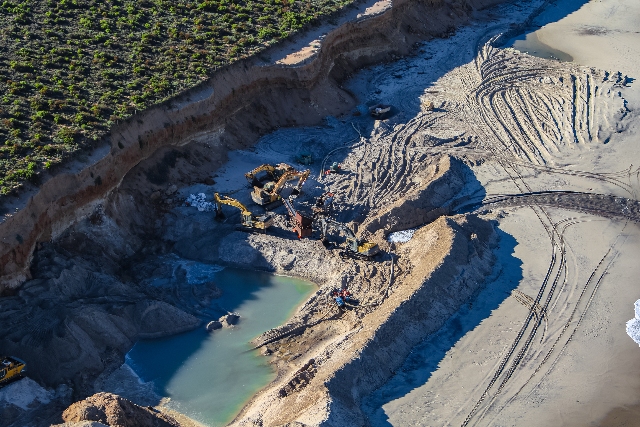
Image: Jacque Smit

Image: Jacque Smit
Coffer dams are temporary sea walls constructed to hold back the ocean from the intertidal beach area and shallow surf zones while miners access the diamond-bearing gravels that underlie the beach.
In 2020, GroundUp reported that environmental inspectors known as the ‘Green Scorpions’ from the Department of Environment, Forestry and Fisheries launched a formal investigation into allegations that this controversial mining technique is being used illegally in extracting a share of the region’s rich mineral wealth.
Considered to be an efficient mining method, coffer dams have been used on Namaqualand’s “diamond coast” since the 1950s, however, while originally constructed from beach sand and adjacent coastal dune material, sea walls are now routinely armoured with gravel, rocks and boulders, with much of this material quarried onshore. Some of this material may allegedly cause significant environmental damage because it’s phytotoxic (poisonous to plant life).
The legality and impact of this current practice of introducing land-originated or “non-native” material into the marine environment lies at the heart of the coffer dam controversy, along with major concern about the rehabilitation – or non-rehabilitation – of coffer dams once mining has ended.
On Day 2, the team followed the coast back to Lamberts Bay, this time with the light behind them and collecting more footage along the way.
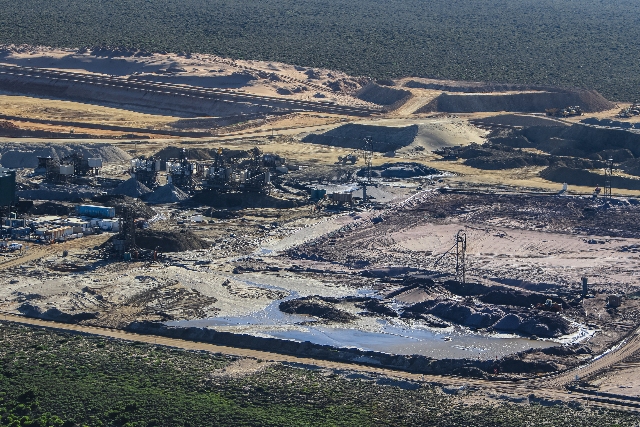
Image: Jacque Smit
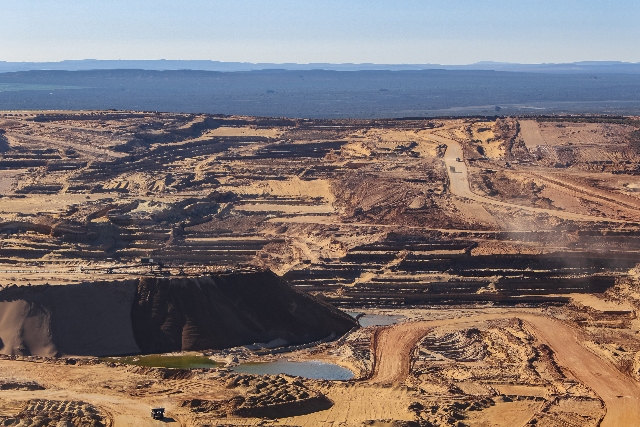
Image: Jacque Smit
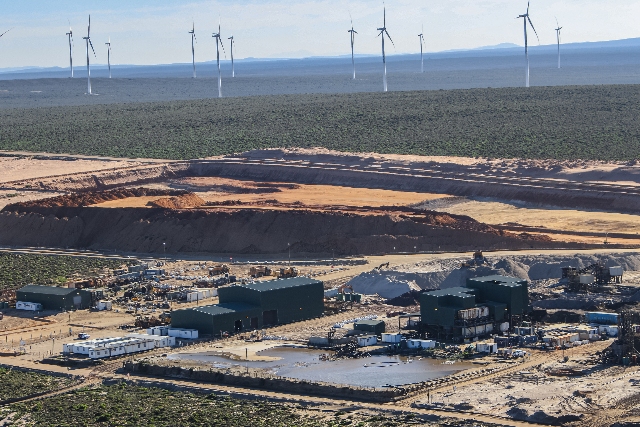
Image: Jacque Smit
PTWC plans to use the footage from the journey to assist its legal team in potential court cases against illegal mining or poorly considered mining applications. The repository will also be useful to scientists studying the effects of mining, such as the erosion of cliffs along the coast caused by heavy machinery and digging.
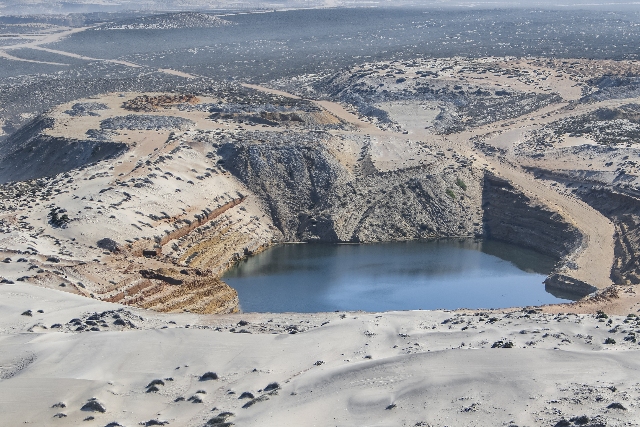
Image: Jacque Smit
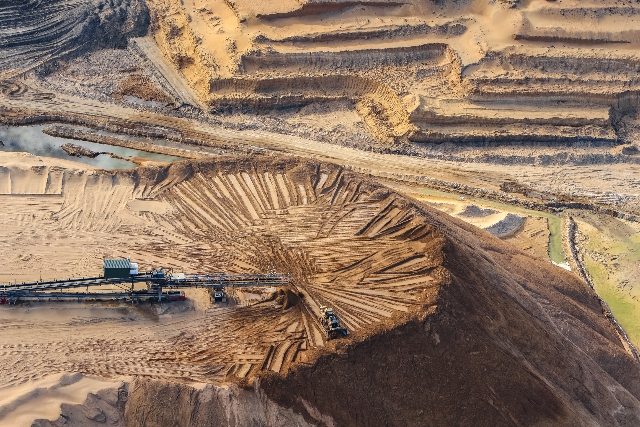
Image: Jacque Smit
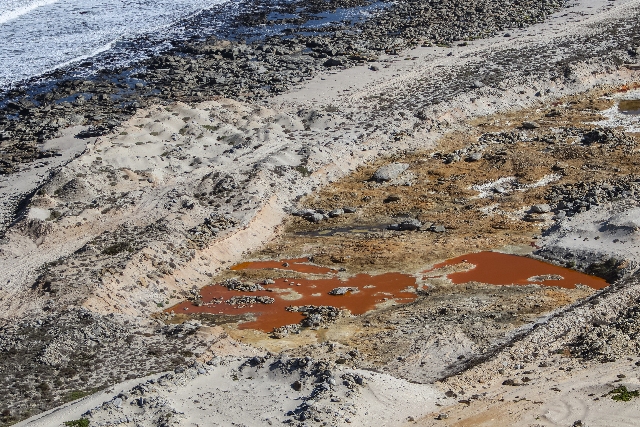
Image: Jacque Smit

Image: Jacque Smit
[source:protectthewestcoast]
Latest News
-
Thai Woman Sentenced To Death For Murdering 14 Friends With Cyanide In Shocking Killing Spree
[imagesource: Sararat Rangsiwuthaporn] A woman in Thailand, dubbed 'Am Cyanide' by Thai...
-
René Magritte Painting Sells For Record R2.1 Billion At Auction
[imagesource:renemagritte.org] A René Magritte painting portraying an eerily lighted s...
-
Brave Rape Survivor Alison Botha Faces New Challenge After Brain Surgery
[imagesource: Alison Botha] Gqeberha rape survivor Alison Botha, a beacon of resilience...
-
Get Ready For The Mother of All Celebrations As MCQP Turns 30
[imagesource:mcqp/facebook] Clutch your pearls for South Africa’s favourite LGBTQIA+ ce...
-
The Iconic Good Hope Centre Is Set For Redevelopment
[imagesource:capetown.gov] The City of Cape Town’s Mayoral Committee has approved the...
-






























